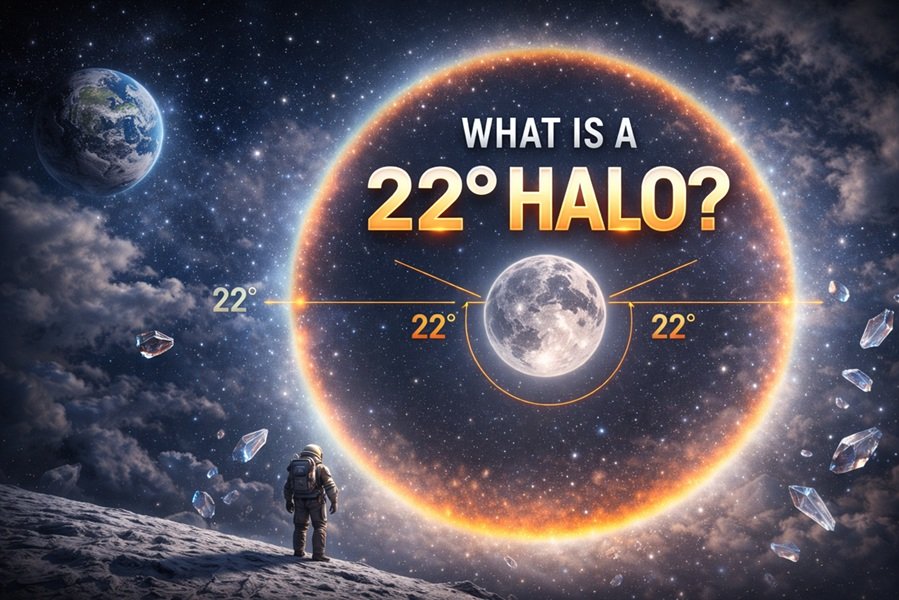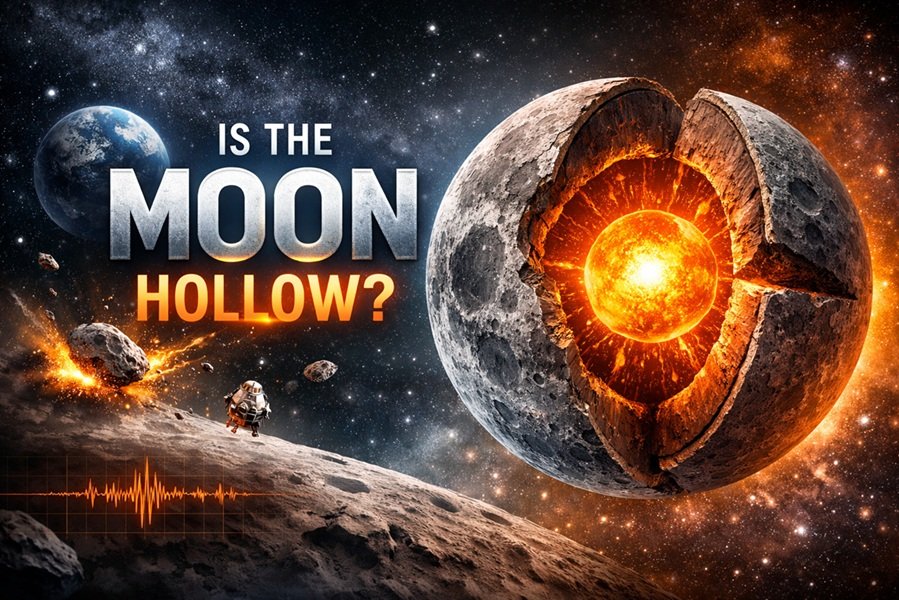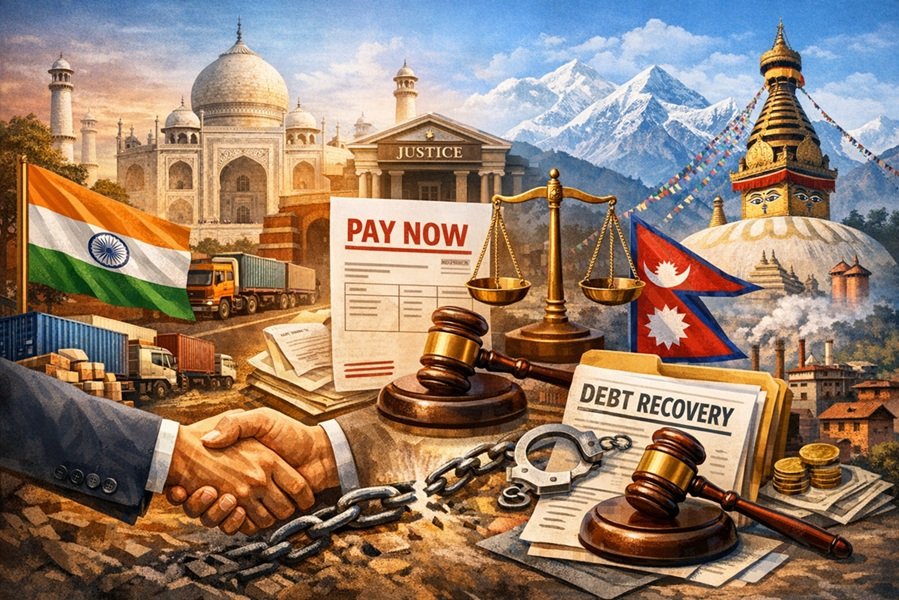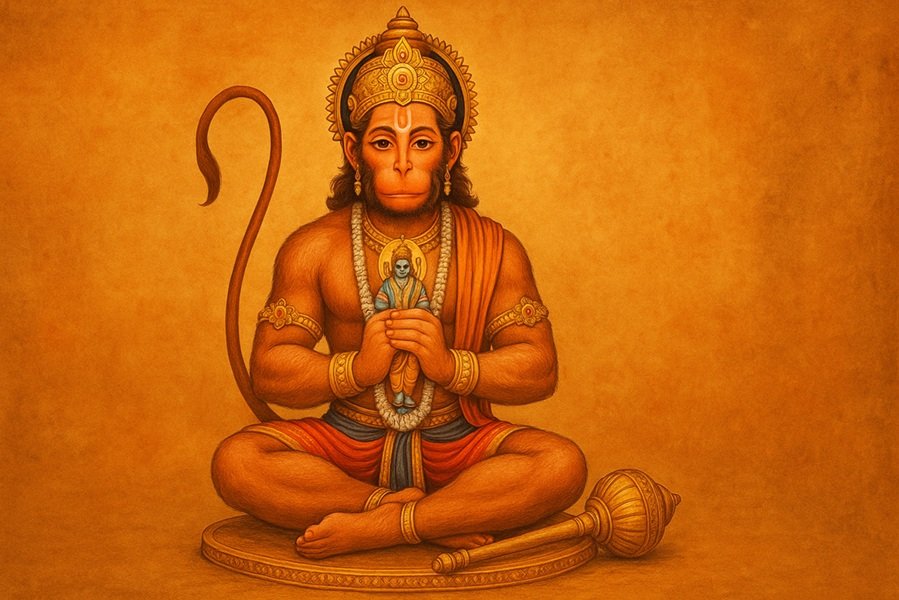
Introduction
The demand for a nationwide caste census in India has sparked intense political and societal debate. Advocates argue it is essential for ensuring fair representation and targeted welfare policies, while critics caution that it could entrench caste identities and polarize society. A critical dimension of this discourse is its link to the potential breach of the 50% reservation cap, a constitutional safeguard established to balance affirmative action with merit-based opportunities. This article critically analyzes the caste census debate and its direct impact on India’s reservation policy architecture.
What is a Caste Census?
A caste census is a governmental exercise to collect detailed data on the caste identities of individuals in India. Although caste data was collected in the pre-Independence era and again in the Socio-Economic and Caste Census (SECC) 2011, the Indian government has not released full caste-wise data for decades. The decennial Census of India, conducted by the Registrar General and Census Commissioner, officially collects data on Scheduled Castes (SCs) and Scheduled Tribes (STs), but not on Other Backward Classes (OBCs) or sub-castes among the general population.
Read This: BJP’s Strategic Move on Caste Census: Detailed Explaination
Arguments in Favor of a Caste Census
- Policy Formulation Based on Evidence
Proponents argue that welfare schemes and reservation quotas must be grounded in accurate data. Without a clear understanding of caste-wise demographics, resource allocation may be skewed or unfairly distributed. - Social Justice and Representation
A caste census could reveal under-represented communities within broader categories like OBCs, enabling the restructuring of affirmative action policies to benefit the truly marginalized. - Transparency in Reservation
With updated data, claims of over-representation or inflated quotas can be validated or contested with evidence.
Criticism of Caste Census: Risks and Consequences
Despite its stated goals, a caste census faces sharp criticism from multiple quarters:
1. Reinforcement of Caste Identity
Caste, though constitutionally disavowed as a basis of discrimination, still influences social hierarchy and mobility. Critics fear that a state-led enumeration of caste may solidify caste identities, further deepening social divides instead of helping to overcome them.
2. Political Exploitation
There is strong concern that caste data could be manipulated for vote bank politics. Political parties may engage in appeasement based on caste numbers, undermining democratic ideals and national unity.
3. Administrative Complexity and Data Integrity
The SECC 2011 data was never fully published, largely due to inconsistencies and questions about data quality. Critics argue that enumerating thousands of castes and sub-castes can lead to logistical chaos and unreliable results, especially without a standardized caste classification system.
Linking Caste Census to the Breach of the 50% Reservation Cap
The Supreme Court of India, in the Indra Sawhney v. Union of India (1992) case, ruled that reservations in public employment and education should not exceed 50%, except in extraordinary circumstances. This cap was intended to balance affirmative action with equality of opportunity.
1. Demands for Increased Quotas Based on New Data
If a caste census reveals a higher proportion of backward classes than currently estimated, there will be growing pressure on the government to increase reservation quotas. Several state governments have already pushed for this:
- Tamil Nadu has 69% reservation under a special constitutional provision.
- Maharashtra (Maratha reservation) and Haryana (Jat reservation) have seen similar demands leading to legal disputes.
- Bihar and Karnataka governments recently released their caste survey reports and demanded revisiting the reservation ceiling.
2. Risk of Fragmentation and Caste Competition
As new caste data becomes available, multiple communities may demand inclusion in OBC or EWS categories or ask for higher sub-quotas. This could result in intense inter-caste competition for limited resources, leading to social unrest and resentment among general category aspirants.
3. Threat to Constitutional Morality
Critics argue that breaching the 50% cap risks violating the principle of equality enshrined in Article 14 of the Constitution. Over-expansion of reservations could dilute meritocracy, affect administrative efficiency, and challenge the foundational values of a casteless and egalitarian society.
Judicial Viewpoint on Reservation Cap
In 2021, the Supreme Court, while striking down the Maratha reservation law, reaffirmed the 50% cap, stating that exceeding it would create a society where “equality is destroyed in the guise of equity.”
However, the 127th Constitutional Amendment Act (2021) restored the power of states to maintain their own list of OBCs, adding a layer of complexity to the cap debate.
Conclusion
While the caste census is positioned as a tool for evidence-based policy and social justice, its implementation raises critical concerns about social fragmentation, political misuse, and legal dilemmas. The real danger lies in using the data to justify breaching the 50% reservation cap, a move that could set a precedent of perpetual quota escalation.
India must tread cautiously. Any attempt to conduct a caste census must be accompanied by legal safeguards, transparent classification mechanisms, and a national consensus on reservation reform, rather than a blind race to expand quotas. Only then can the true goals of equity and unity be achieved without eroding constitutional values.






